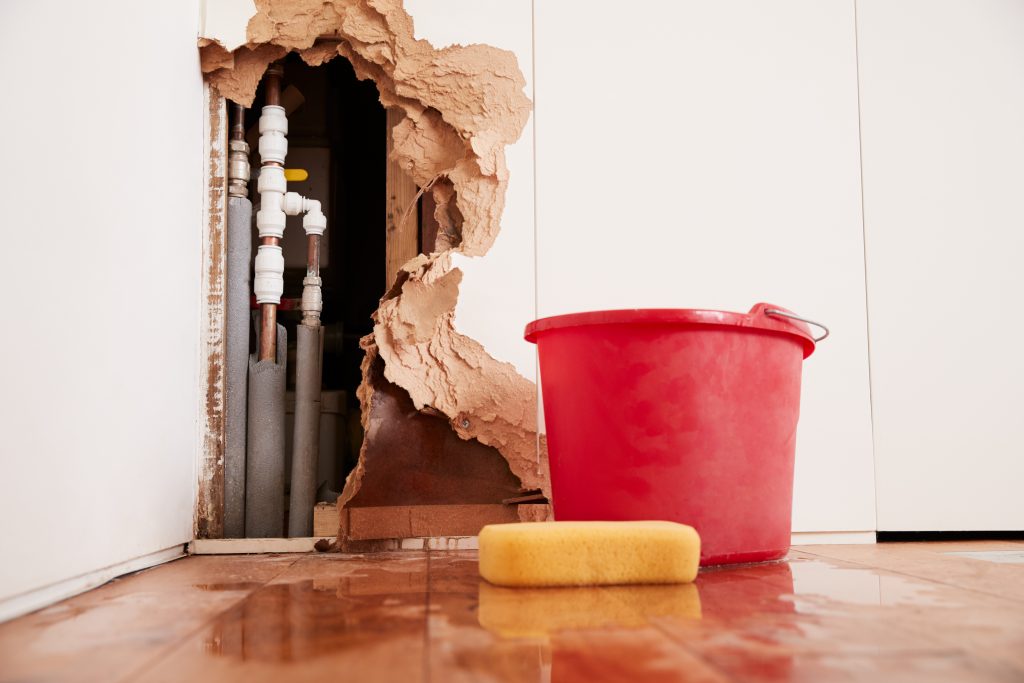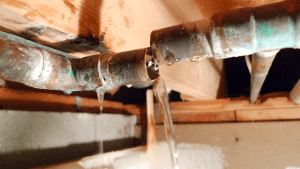How to Examine If Your Residence Has a Surprise Leakage
How to Examine If Your Residence Has a Surprise Leakage
Blog Article
We have encountered the article involving Locating water leaks below on the internet and figured it made perfect sense to share it with you over here.

Early discovery of dripping water lines can minimize a potential calamity. Some tiny water leaks might not be visible.
1. Examine the Water Meter
Checking it is a proven method that assists you discover leakages. If it moves, that indicates a fast-moving leakage. This indicates you may have a slow leakage that might even be below ground.
2. Inspect Water Usage
Assess your water costs as well as track your water intake. As the one paying it, you must discover if there are any disparities. If you identify sudden changes, despite your intake coinciding, it implies that you have leakages in your plumbing system. Keep in mind, your water bill must fall under the exact same range on a monthly basis. An unexpected spike in your bill shows a fast-moving leak.
At the same time, a stable rise each month, even with the exact same habits, reveals you have a slow-moving leak that's additionally slowly escalating. Call a plumber to completely examine your building, specifically if you feel a warm location on your flooring with piping underneath.
3. Do a Food Coloring Test
When it involves water consumption, 30% comes from bathrooms. Test to see if they are running appropriately. Decrease flecks of food shade in the tank and wait 10 minutes. There's a leakage in between the container and bowl if the color somehow infiltrates your bowl during that time without flushing.
4. Asses Outside Lines
Don't neglect to examine your outside water lines as well. Should water seep out of the link, you have a loosened rubber gasket. One small leak can throw away tons of water and also surge your water expense.
5. Examine and Assess the Circumstance
House owners ought to make it a behavior to examine under the sink counters and also inside cupboards for any bad odor or mold development. These two warnings suggest a leakage so timely attention is called for. Doing routine inspections, also bi-annually, can save you from a significant problem.
If you recognize your home is currently old, maintain a watchful eye on your heating systems, tubes, pipes and so on. Check for stainings and deteriorating as most pipelines and home appliances have a life span. They will also normally wear away because of damage. If you believe leaking water lines in your plumbing system, don't await it to escalate. Call an expert plumber as soon as possible so you don't end up with a horrible mess in your house.
Early discovery of dripping water lines can minimize a potential disaster. Some tiny water leaks may not be visible. Inspecting it is a guaranteed way that helps you find leaks. One small leak can lose heaps of water and also increase your water costs.
If you believe dripping water lines in your plumbing system, do not wait for it to rise.
WARNING SIGNS OF WATER LEAKAGE BEHIND THE WALL
PERSISTENT MUSTY ODORS
As water slowly drips from a leaky pipe inside the wall, flooring and sheetrock stay damp and develop an odor similar to wet cardboard. It generates a musty smell that can help you find hidden leaks.
MOLD IN UNUSUAL AREAS
Mold usually grows in wet areas like kitchens, baths and laundry rooms. If you spot the stuff on walls or baseboards in other rooms of the house, it’s a good indicator of undetected water leaks.
STAINS THAT GROW
When mold thrives around a leaky pipe, it sometimes takes hold on the inside surface of the affected wall. A growing stain on otherwise clean sheetrock is often your sign of a hidden plumbing problem.
PEELING OR BUBBLING WALLPAPER / PAINT
This clue is easy to miss in rooms that don’t get much use. When you see wallpaper separating along seams or paint bubbling or flaking off the wall, blame sheetrock that stays wet because of an undetected leak.
BUCKLED CEILINGS AND STAINED FLOORS
If ceilings or floors in bathrooms, kitchens or laundry areas develop structural problems, don’t rule out constant damp inside the walls. Wet sheetrock can affect adjacent framing, flooring and ceilings.
https://www.servicemasterbyzaba.com/blog/how-to-detect-water-leakage-in-walls/

I ran across that entry about Detecting hidden plumbing leaks while exploring the internet. Please take the opportunity to promote this blog entry if you appreciated it. Thanks for going through it.
Report this page